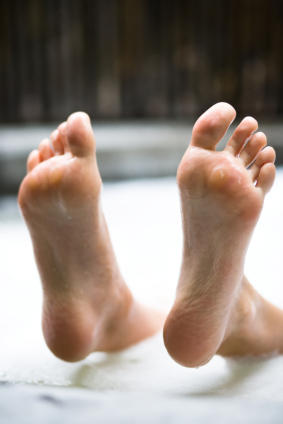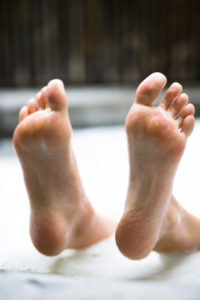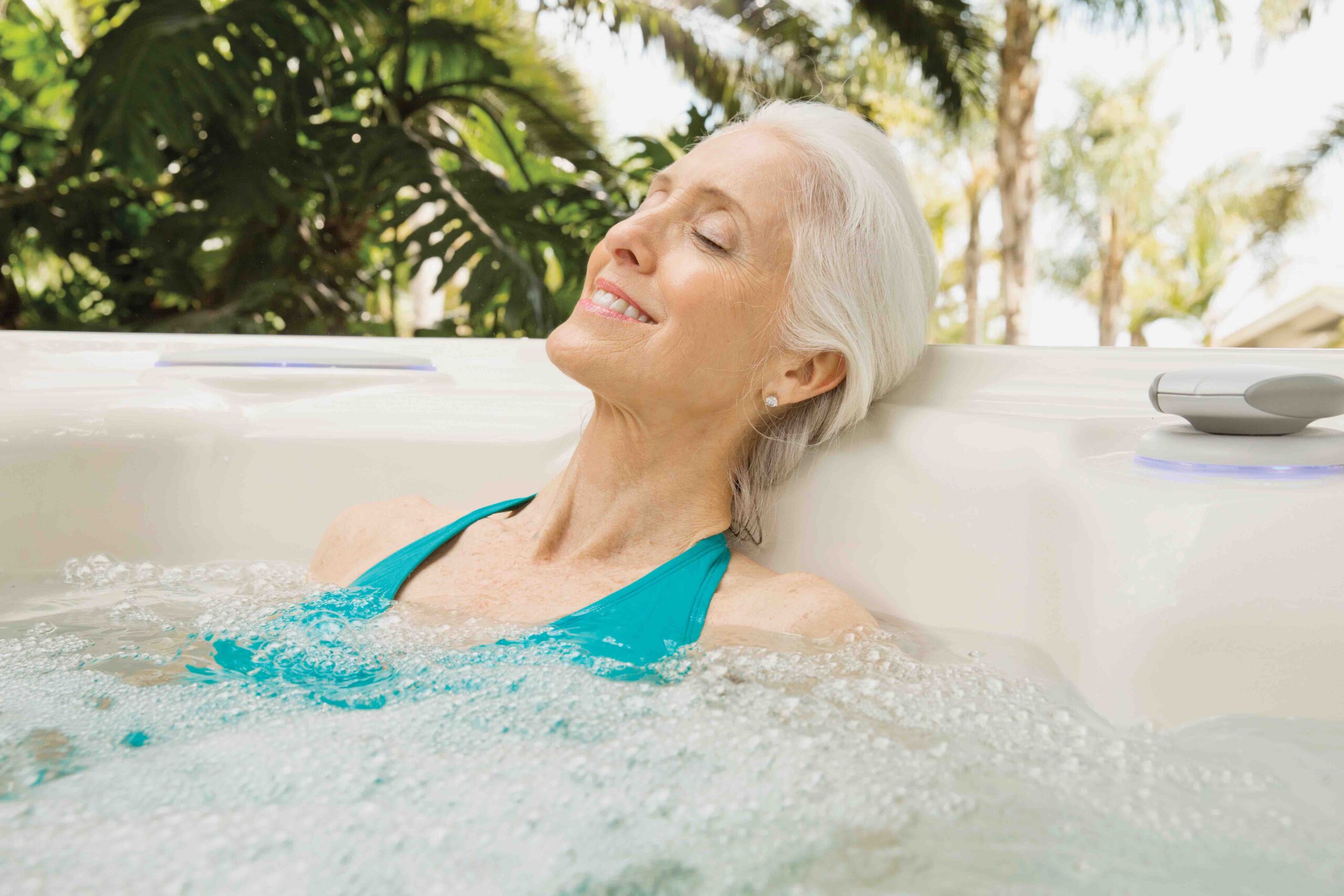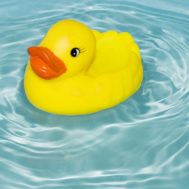
Hot Tub for Stress Relief! News Update on a Scientific Study Conducted at Washington State University

From the March 2010 issue of Athletic Business, which publishes the trade industry magazine, AQUA, here’s an article by Michael Popke on the ongoing research being conducted at Washington State University in Pullman. Olympic Hot Tub Company was one of the original contributors to the funding of this research. Because no research had ever been done on the actual physiological effects of hot tub soaking, we were very interested to find out what a scientific study would reveal about the health benefits. The following is only the “tip of the benefits of hot water”. There’s much more to come!
Here’s a summary of the research thus far adapted from the Athletic Business article:
“Bruce Becker, a physician and research professor at Washington State University, sums up his current — and groundbreaking — study of the health impacts of warm-water immersion with a practical analogy. “You know when you come home from a long day at work and you’re stressed out?” he asks. “You want to sink into a hot bathtub and go, ‘Ahhh.’ I’m trying to figure out what the hell that ‘Ahhh’ is all about.”
After more than 18 months of research, he’s getting closer to finding some answers.
Becker’s efforts focus on the benefits to the autonomic nervous system of soaking in water with a temperature of 102 degrees Fahrenheit. An individual’s autonomic nervous system helps him or her adapt to changes in environment and affects such vital functions as heart rate, digestion, respiration, salivation, circulation and even sexual arousal. While in a constant state of flux, its two subsystems — the sympathetic nervous system (which escalates under stress) and the parasympathetic nervous system (which promotes calm) — fall into balance when the body is immersed in warm water, according to Becker’s findings.
That balanced state has been associated with a reduction in the risk of cardiovascular disease, improved memory, enhanced cognitive processes and increased concentration. “The autonomic nervous system responds to warm water immersion the same way it responds to meditation or a number of other relaxed states,” Becker says.
While such claims seem logical on the surface, there has been little scientific evidence to support them until now. Industry professionals know , empirically, that spas make people feel better. They relax you, help you sleep better and provide benefits for sore muscles. But there has been no proof of that medically.
That’s why Becker’s research at WSU’s National Aquatic & Sports Medicine Institute is considered so important. Most of the current literature on immersion focuses on subjects in a floating position, rather than in the seated position that is more common in a spa.
“The technology to look at this easily, non-invasively and in an aquatic environment has not been around all that long,” says Becker, NASMI’s director. “I’m a rehab doc by training, so I’ve used the water as a rehab and recovery environment through much of my professional career and have been frustrated by the lack of supporting research to really document what’s happening. Do I know that it works? Yeah. Do I know why it works? No.”
Three donated Hot Springs Spas filled with water — each large enough to hold as many as four adults — are housed a research laboratory at NASMI headquarters. One by one, 16 college-age students and 16 adults between the ages of 45 and 64 took turns sitting for 24 minutes in each of the tubs during evaluation sessions conducted by Becker and his team of researchers in 2008 and 2009. Resting measurements of heart rate and blood pressure were taken to establish a baseline, and participants’ core body temperature, heart rate, blood pressure, pulse, circulatory functions and respiratory status were monitored during their immersion time in each tub. In between his or her immersions, the test subject would sit for 12 minutes outside of the water in order to re-establish the baseline.
The first tub was filled with 87-degree water. Any cooler than that, and people would start shivering, Becker says, “so we settled on a temperature that most people certainly wouldn’t define as cold. When you get into it, it doesn’t feel cold, but you’re sitting immobile. I participated in the study, and my teeth were chattering in about six minutes.”
The second tub contained what researchers referred to as a “neutral” temperature of 94 degrees, and the third “hot” tub registered at 102 degrees, “which isn’t hot by the way some people set their hot tubs,” Becker says. “If you set the hot tub at 104 degrees, which is what most commercial facilities do, people are not able to stay in long enough to get the therapeutic benefits out of it that they could if you set it to a cooler temperature. In our study, most people really were pretty anxious to get out after 24 minutes. We tried going warmer than 102, and they just couldn’t stay in, or they got really lightheaded when they got out — if they managed to stay in for the entire time.”
The two age groups analyzed were chosen because of their healthy youthfulness, in the case of college students, and because middle-age adults have sympathetic and parasympathetic nervous systems that typically remain in a greater state of flux.
At his research’s most basic level, Becker and his colleagues found that immersion in warm water tends to reduce stress levels for all participants. The degree of stress reduced varied from subject to subject, but all of them responded in the same way.
Stay tuned for more scientific news about the health benefits of hot tub soaking. More results of Dr. Becker’s research will be published in the fall.
SANUM PER AQUA
. Latin for Health through Water.
Thanks for reading Hot Tub Bliss. We hope you went from “Ahhhh” to “A-Ha”! Be sure to ‘Like’ our Facebook Page






